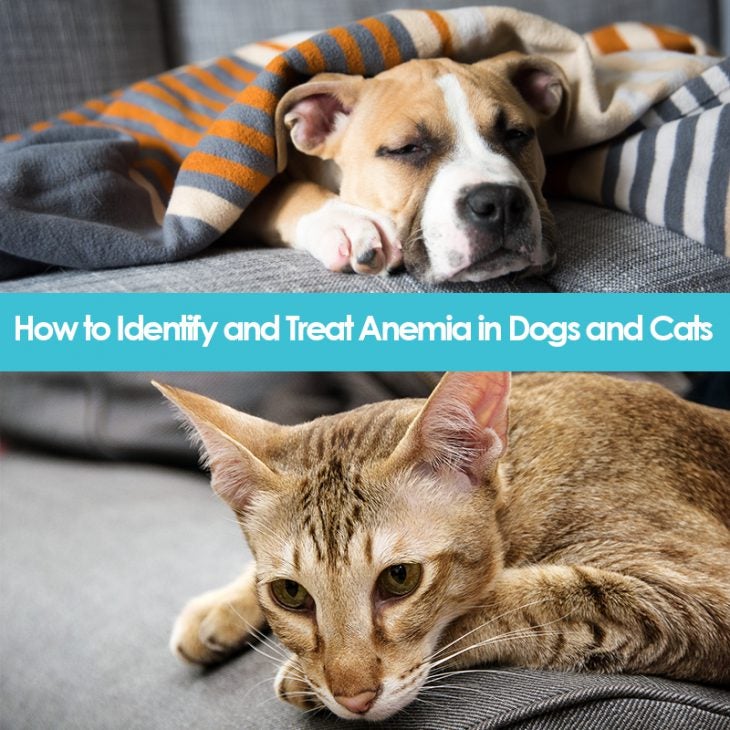One of the most heart-breaking conditions a dog or cat can have is anemia. This is a life-threatening condition in which your pet loses a large amount of red blood cells or they are destroyed.
What are some of the signs of anemia in dogs and cats? An anemic dog or cat will change from being energetic to being lethargic. In addition, a dog or cat stricken with anemia will have a decrease in appetite, and its gums will turn pale. If your pet is exhibiting these signs take it to a veterinarian right away.
What causes anemia in dogs and cats?
Common causes of anemia in dogs and cats are:
- Blood loss from severe flea infestations (especially in puppies and kittens)
- Blood loss due to a serious injury that causes bleeding externally or internally
- Bleeding into the gastrointestinal tract as a result of disease or severe inflammation
- Immune-mediated disease this is when the body’s immune system attacks its own red blood cells
- Kidney disease can cause a decrease in red blood cell production
- Reaction to certain drugs or exposure to certain toxins
- Flea and tick protection for dogs
- Flea and tick protection for cats
Common causes of anemia in dogs are:
- Cancer which may lead to bleeding into the gastrointestinal tract or bleeding from a tumor
- Infectious diseases, including certain diseases that are spread by ticks
- Gastrointestinal bleeding as a reaction to certain medications, such as nonsteroidal anti-inflammatory drugs (NSAIDs)
Common causes of anemia in cats are:
- Cancer might reduce the production of red blood cells or lead to bleeding from a tumor
- Infection with a virus, such as feline leukemia virus (FeLV) or feline immunodeficiency virus (FIV), or certain parasites
- Feline leukemia virus (FeLV) vaccines
Confirming your dog or cat has anemia: Your veterinarian will conduct a Packed Cell Volume (PCV) blood test which determines the percentage of red blood cells in your pet’s bloodstream. If the percentage is lower than the normal range, your pet most likely has anemia. Another test a veterinarian might conduct is Complete Blood Cell Count (CBC). This test analyses the different parts that make up your pet’s blood. CBC can help determine if your pet is losing red blood cells or the cells are being destroyed. This test can also determine if the body is producing new red blood cells to replace the ones being lost. Other methods of testing for anemia in dogs and cats are urinalysis, testing for specific viruses, parasites and bacteria, ultrasound, and CT scans.
How is anemia in dogs and cats treated? A blood transfusion will be necessary especially if your pet has lost a large amount of red blood cells. In some cases, more than one blood transfusion will be required to ensure your pet’s survival. Treating the disease that is causing the anemia is another form of treatment.
In conclusion, anemia is when a dog or cat experiences the loss of a large amount of red blood cells. Anemia in dogs and cats is life-threatening, and it is caused by flea infestations, viruses, bacteria, injuries, cancer, kidney disease or immune-mediated diseases. A blood transfusion is the most effective way to treat anemia to ensure the pet’s survival in addition to treating the disease that is causing the anemia.





